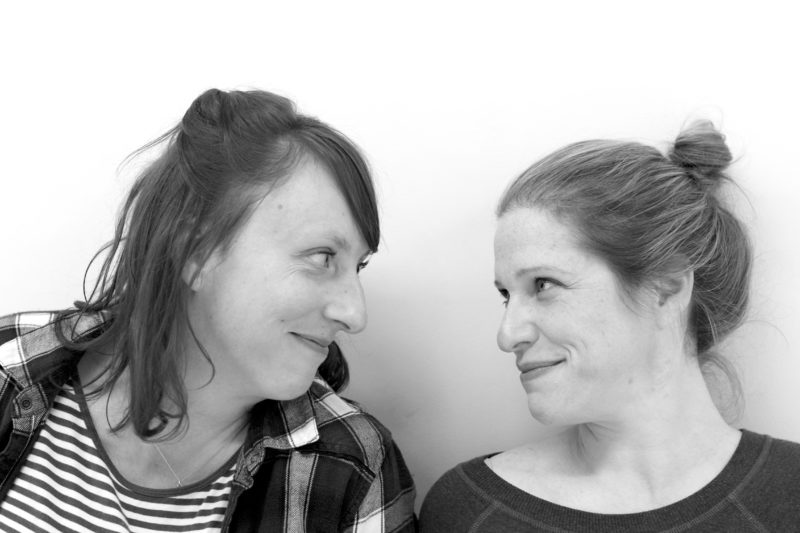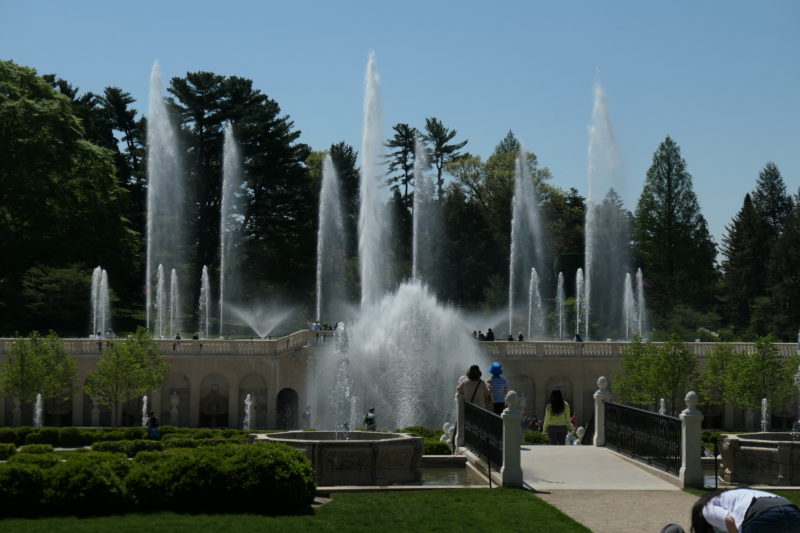Yesterday we looked at Maman, the weaver. I thought for today we might as well go for the real thing – a human weaver who represents one of the few true success stories of women who weren’t meant to be “artists.”
My choice was Anni Albers, a weaver who got her start at the famous Bauhaus in Weimar, and later worked and taught in the US, having found a safe haven here from the Nazi regime. I picked her for two reasons.
One, I am, seemingly eternally, working on an article about the centenary celebration of Bauhaus 100, to take place next year in Weimar. The time to book your tickets and lodging is NOW – Weimar is small, easily overrun, and they have a stellar schedule of happenings planned for spring (with some already ongoing in 2018.) There will be not only the opening of three (!) new museum dedicated to Bauhaus (in Weimar, Dessau and Berlin,) but also Bauhaus-related ballet (6. APRIL 2019 – the tradition of Bauhaus dance will be revived at the Deutsches Nationaltheater Weimar for the opening of the new bauhaus museum. A co-production with the Stuttgart Ballet) and music (12. APRIL – 05. MAY 2019 : Thuringia Bach Festival – the concerts during Thuringia’s largest music festival are being held at authentic Bauhaus locations to mark the Bauhaus anniversary. The program showcases Bach in the musical world of the early 20th century. That program alone is pretty spectacular.)
In the meantime here is “Bauhaus Imaginista” already on the road. (“Bauhaus Imaginista” is a cooperative venture between the three Bauhaus sites in Germany – Berlin, Dessau, and Weimar, the Goethe Institute, and the House of World Cultures. This research project with a variety of exhibition venues is in honour of the centenary of the founding of Bauhaus. The Goethe Institute will expand upon it with an international element, and it will be brought together in Berlin’s House of World Cultures as part of the “100 Years of the Modern”. “Bauhaus Imaginista” is a joint venture with the China Design Museum (Hangzhou), the National Museum of Modern Art (Kyoto), the Garage Museum for Contemporary Art (Moscow), the SESC Pompeía (São Paulo), and the House of World Cultures (Berlin).) More details here:
https://www.bauhaus100.de/en/bauhaus-100/03_Bauhaus-Imaginista/index_Imaginista.html
So, Bauhaus was on my mind. The other reason for my choice was a new exhibit of Albers’ work, curated by the Kunstsammlung NRW and the Tate Modern, London, which can be seen at K 20 in Duesseldorf now until September (it will move on to the Tate Modern in October). The video clip below gives you a short impression.
https://www.youtube.com/watch?v=QqUKyvoEvnw
So who was she? Born into a rich, assimilated Jewish family, owner of one of Germany’s most prestigious publishing houses, she was determined to escape the boring fate of bourgeois turn-of-the-century girls and become an artist instead. When she enrolled at the Bauhaus art school, she, like all other female students, was directed to textile art (pottery being the only other possible alternative) since the men deemed the traditional areas unfitting and only male students were allowed to choose. At Bauhaus! One of the most progressive places of the German universe whose director Gropius touted equal treatment for both sexes….
In any case. She took general art classes by Paul Klee, absorbed his love of adventurous process, complained about limp threads and somehow grew into weaving with a miraculous hand, and a talent to devise by now iconic geometric patterns. She was smart, hugely energetic, and open to novelty. She was also lucky – she had the means to leave Germany early, found work and like-minded artists in the US, and did not have to compete with a loving husband who became notable in his own right and was always supportive of her work. Eventually she established a weaving studio at Black Mountain College in North Carolina where she and her husband found a surprisingly progressive home. Working with other artists like composer John Cage, dancer Merce Cunningham and painter Robert Rauschenberg she developed a rich environment and produced spectacular tapestries, with many solo exhibitions soon to follow. Details can be read below.
https://www.artsy.net/article/artsy-editorial-bauhaus-master-anni-albers
One of her most important works was commissioned by the Jewish Museum inNew York. Six Prayers is a Holocaust Memorial in its own right, echoing the disrupted lives or the perished. https://thejewishmuseum.org/collection/16696-six-prayers
Photographs are from Weimar, home to Goethe, Schiller, Bach, Gropius, the Weimar Republic and, for some years, Anni Albers.












































































































 Matisse
Matisse
 Matisse
Matisse








 Pippin
Pippin
 Modigliani
Modigliani














 Jonathan Borowsky I dreamt I could fly 2000
Jonathan Borowsky I dreamt I could fly 2000





 Claude Monet La Japonaise (Camille Monet in Japanese Costume). 1876
Claude Monet La Japonaise (Camille Monet in Japanese Costume). 1876
